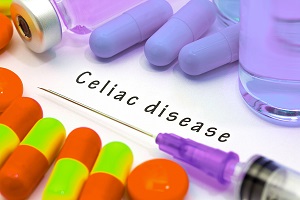Many parents with children with developmental problems are also afraid of any pregnancies to come. In some cases, it is possible to use prenatal screening tests. What to do instead when dealing with hereditary diseases?
In some families there is a 50% chance that the second child will also have problems, although mutations are not present in either parent. For this reason, the team led by Dr. Ummi Abdullah is developing a way to identify such cases. His study aims to identify couples at high risk, calculating the so-called "recurrence risk".
The focus of the study is on families with at least one sick child, in which, however, neither parent is a healthy carrier of the mutation. According to the team, mutations could only be present in spermatozoa and oocytes, escaping normal genetic testing. The phenomenon is called gonadal mosaicism.
The researchers analyzed the tissues of 20 families, derived from both parents and children. The analyzes revealed some cases of mosaicism in the parents, the most serious of which deriving from the mother. The genetic mutations of this type inherited from the father, on the other hand, seem to have a far lesser recurrence.
For now, the test can give a reliable answer to about 3 out of 4 couples. However, further studies will be needed to prove the validity of the procedure, which is why clinical trials are still ongoing.
Source: medicalxpress.com
Add a comment





